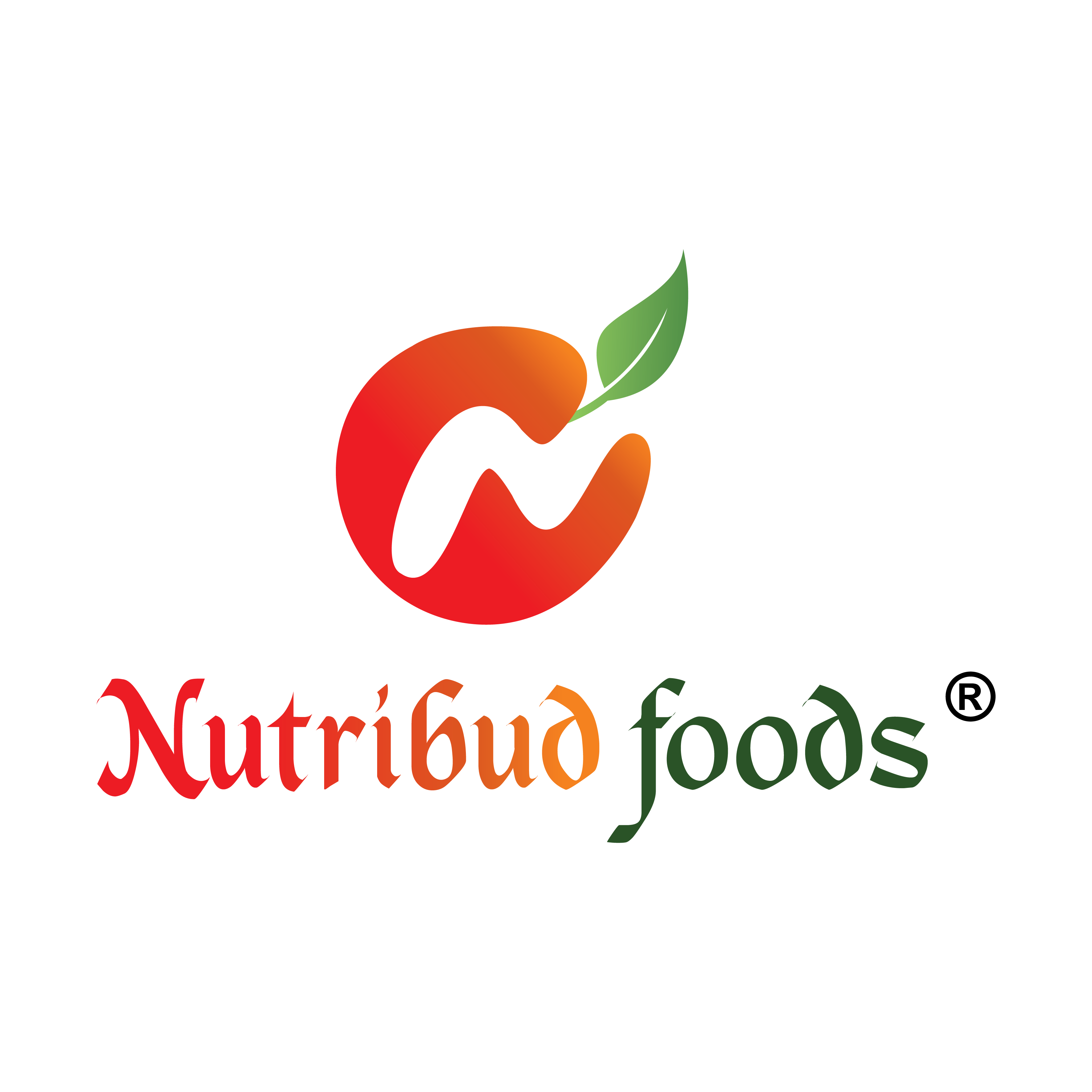Breastfeeding is a beautiful experience and it develops a unique bond between a mother and a baby. Breastmilk contains the right amount of nutrients, making it an obvious choice for little ones.
However, as babies grow, especially after six months, their nutritional requirements also change. Breastmilk is still a good source but alone it can not fulfill babies' nutrient requirements. That is the reason why, after six months weaning food is introduced in conjunction with breastmilk.
The transition from breastmilk to weaning is crucial for a baby's overall growth and development. The early years of a baby's life lay the foundation for healthy eating habits and essential nutrients help them in overall growth and development which eventually support their lifelong health.
The introduction of weaning food is a crucial step. It is a transition for babies from breastmilk to being comfortable with liquid to semi-solids to solids.
WHO (World Health Organization) and pediatricians recommend breastfeeding only for the first six months. After six months, complementary foods can be introduced in conjunction with breastmilk for up to two years or beyond.
Introducing weaning is more than time-based. This means, that six months is not the only criteria to start weaning food. Readiness to weaning signs is equally important to understand, like babies being able to sit, showing interest in food around them, and most importantly able to swallow.
Let's learn more about starting weaning food,
1) Signs -- It is important to understand the signs if the baby is ready to start the weaning food or not. Some common signs are that the baby can sit on the back with support and, the head remains steady. baby's showing interest in food around them, learning to swallow, and being able to push food out of the mouth.
2) Nutrients -- Weaning food should be nutritional and age-appropriate. Balanced nutrients are very important to feed important nutrients for a baby's overall growth and development.
3) Baby's Growth -- Not all babies are the same and what works for one baby doesn't mean it will be the best for another one. Need to understand the baby's growth (height and weight since birth), gut health, medical history if any, previous and ongoing medications, etc to be considered before choosing weaning food to start with.
4) Gradual Introduction -- Starting weight is a transition for a baby from breast milk to solids. Therefore, in conjunction with breastmilk, the initial days are about introducing liquid texture food and then gradually shifting to watery to semi-solid food. Following a 3-day rule while introducing new food is good to know if the baby is allergic to any ingredient. Based on the baby's response to new texture and taste, more recipes can be introduced.
5) Managing Quantity -- Do not assume if baby is hungry. Know hunger cues and always start with a smaller quantity and gradually increase as per the baby's response.
6) Take Time -- Learn to have patience. Babies will take their own time, they adjust to new textures and tastes. They try to explore their food. Sometimes they reject the food but it is normal. same food after a few weeks they'll accept it. Adjust recipes as per baby's taste.
7) Ingredients to Avoid -- Apart from preservatives, artificial flavors or colors, palm oil, and junk food, make sure to avoid refined sugar as long as possible (even once kids have grown up) and no salt for up to one year at least.
For a smooth transition, try new textures and recipes. Pick your ingredients carefully from the five food groups to manage the daily required nutrients.
The transition from breastmilk to weaning foods is a journey for babies and mothers both. Have patience, do not worry or rush, and make the transition smooth for your little ones.
For Expert Guidance On How To Introduce Weaning Food,
Book Your Consultation Here >> https://www.nutribudfoods.com/products/live-session-how-to-introduce-weaning-food-all-about-nutrition
